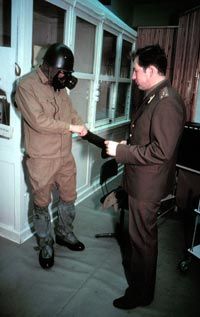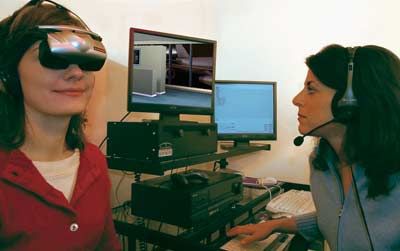Why do we do the things we do? It's a question psychologists have been asking for centuries. For the most part, the connection between the body and the mind has remained a mystery to us. How we perceive the world and learn new things still fascinates and confounds us. Are we born with certain qualities, or are we the product of our experiences and upbringing? How do we form an idea, gather information and learn to adapt?
Since there's no simple way to see what goes on in our minds, scientists use one of the major branches of psychology to attempt to make sense of it: theoretical psychology. Just like theoretical physics, this type of psychology allows us to hypothesize about something we can't quite visualize. That, of course, doesn't stop people from arguing about each other's ideas, but at least theoretical psychology tries to move things forward.
Advertisement
When scientists want to see actual numbers and data that back up those ideas and principles, however, they turn to applied psychology. Because we can't conduct psychological tests or studies on ourselves, we can perform tests on individuals or groups in order to make sense of our actions and understand the processes of the mind. Psychological testing gives us tangible data, or psychometrics, to work with, helping us to grasp the more intangible aspects of the psyche. Its uses are broad: People use psychological testing in areas like education, the workplace, counseling and health.
Psychologists look to study the behavior of people in certain situations in the hopes of understanding, predicting and even controlling human thought processes and emotions. To do so, they use a wide range of tools, commonly known as psychotechnology, to reach various conclusions regarding the mind. What are these tools? What specifically are they used for? Are there any negative aspects or misuses of such technology? To learn how psychologists dive into our minds, read on.
Advertisement




